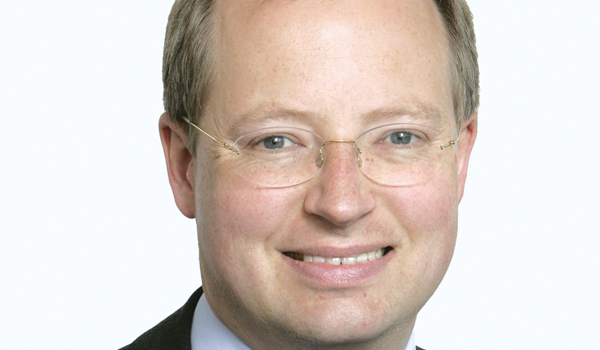ESN transition timetable promised
The Home Office says it aims to have confirmed plans for transition to the new Emergency Services Network (ESN) by next month and will re-assess the level of contingency necessary to support a revised timetable.
A progress update on the Emergency Services Mobile Communications Programme (ESMCP) has been sent to Meg Hillier, chair of the Public Accounts Committee (PAC), in response to concerns raised in its report Upgrading Emergency Services Communications: Emergency Services Network.
These were:
That the ambitious target date for delivering the ESN will be met; and
Concerns the Department has not budgeted for prospective delays, an extended transition period or put in place detailed contingency arrangements to manage this risk.
The PAC warned that without solutions to technology and delay issues, the emergency services may not be able to communicate with each other between March 2020, when the existing Airwave service is scheduled to stop working, and September 2020, when the transition to ESN is complete.
And an earlier critical report by the National Audit Office expressed concern that the planned replacement for the existing Airwave Tetra (terrestrial trunked radio) service was inherently high risk as a similar network has never been implemented elsewhere.
However, Home Office Permanent Secretary Philip Rutnam said in his letter to Ms Hillier that the ESMCP remains committed to providing the emergency service users the time they need to transition safely to the ESN.
It adds: I would like to reassure you again that there will be no risks taken with public safety and there will be no gap in the emergency services communications provision.
The new ESN aims to deliver numerous improvements on the Airwave service, including providing high-speed data to users, flexibility to make use of new technologies, and securing cost savings.
Seema Patel, programme assistant, defence and security, at industry representative body techUK, says the letter shows the Home Office is still working with the thought of a 27-month user transition period once mobilisation has completed.
The transition time may reduce seeing as the delay in the programme has given more time to prepare for this, she added.
Feedback on the updated programme plan, transition timelines and regional transition running orders are currently being gathered from users across the country by working with business change leads and senior representatives from the three emergency services.
In his letter, Mr Rutnam said work continues on an integrated programme plan to cover both the mobilisation and transition periods.
The programme has recently deployed a team of local implementation leads, funded from departmental budgets, to help users develop their own individual transition readiness requirements and plans, he added.
Reporting processes have been implemented that enable a clear route for escalating user queries and concerns back to programme leads and distributing programme updates. The Department has also been engaging regularly with the larger non-emergency service user organisations and will continue to increase this activity.
Mr Rutnam said the current transition timetable includes a contingency of two months within each of the three emergency service regions budgeted 12-month transition period.
Following completion of the current review of transition timing undertaken in conjunction with three emergency service user representatives, the programme will re-assess the level of contingency necessary to support the revised plan, he said.
Extension
In August 2016, the Home Office and the emergency services agreed a Change Control Note to the Airwave emergency services contracts that makes provision for any extension of the contracts that may occur beyond the national shut down target date of December 31, 2019.
Furthermore, the programme is separately forecasting what further Airwave extensions might be required to provide for an extended period of transition, said Mr Rutnam. The cost of these extensions will be included within the full business case forecast that guides the Departments in forming their future budgets for the programme.
John Rowland, editor of Police Market Report, a




